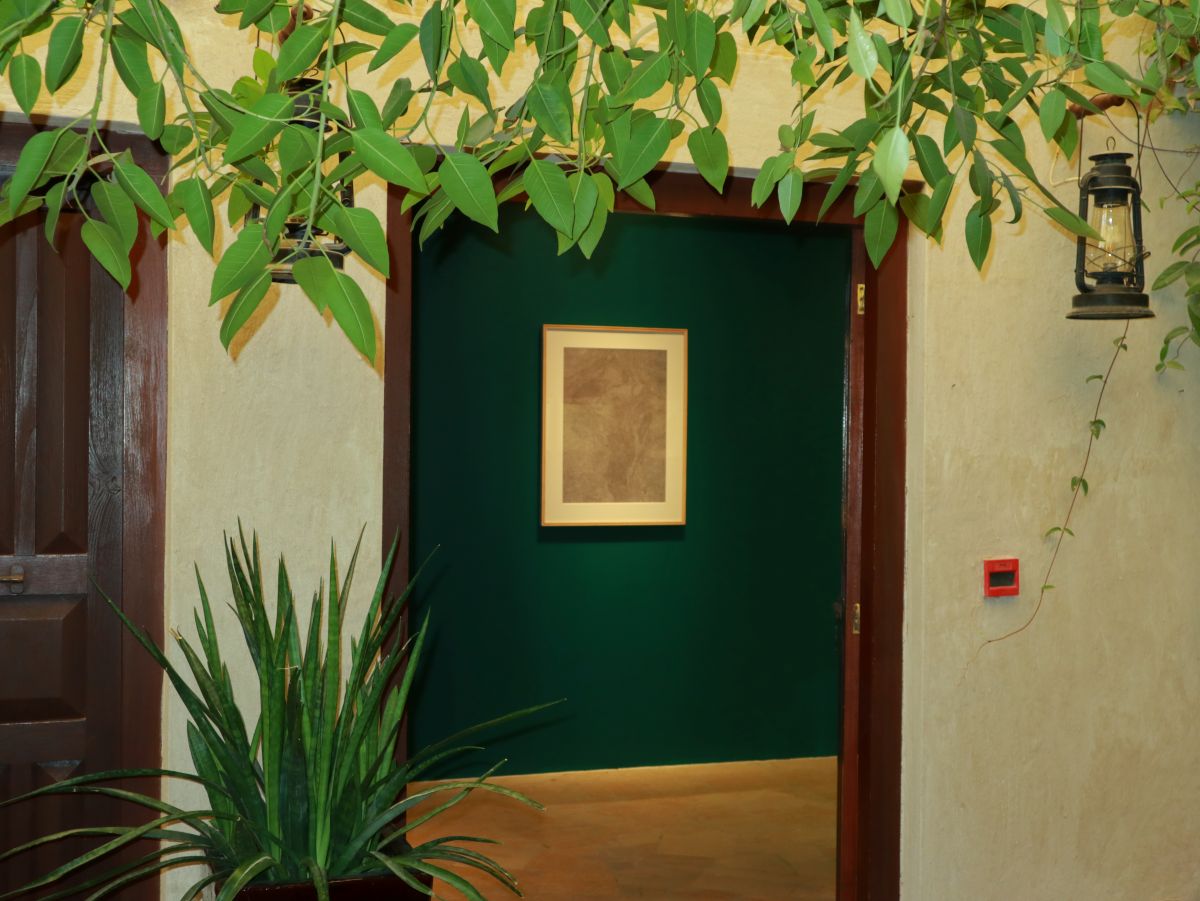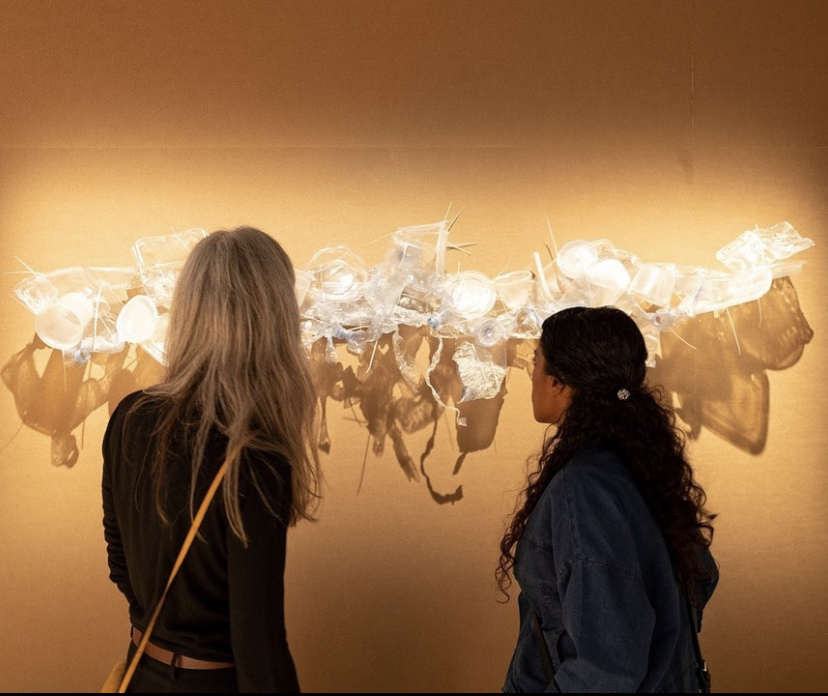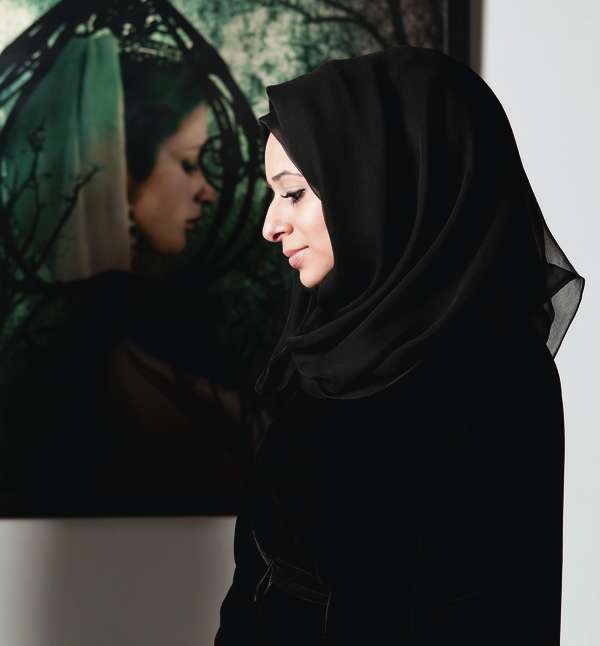On Saturday 13th of November, from 4 to 6 pm, HUB/ART is pleased to open its doors for a guided visit to the exhibition “Hidden Images” by Marco Abrate. The exhibition, curated by Greta Zuccali, is realised thanks to the support of GAG London Equity Capital and Interface Power, a GAG London network company in charge of the exhibition space’s set-up and design.

A catalogue introduces the exhibition with a critical text by Giorgio Bonomi.
A young, multifaceted artist, Marco Abrate has already gained the attention of the critics and the media with works, urban interventions and performances that use the potential of social networks without ignoring physical reality, in order to take a position on the contemporary socio-political situation.
For his first solo exhibition in Milan, the artist brings to the gallery a series of more “traditional” works in which the distinctive element of the street artist’s work – the wall – remains, embellished and refined.
The work is the result of a process of workmanship and layering of various elements: plaster, cement, paints, acrylics, paper or moss, and finally enhanced by eye-catching, classic-looking frames.

The work of the “walls”, as Abrate called them, involves two concepts.
The first is that of time. The wall, with its cracks and incrustations, bears the signs of its passing and deterioration: it becomes the product of “kronos”, the way the Greeks gave to quantitative time, which flows inexorably and in a linear way. The operation that the artist grafts onto this apparent inexorable flow of time makes use of a second concept, in this case a visual one, namely perception.

The artist plays with the solidity of the wall and exploits the subconscious phenomenon of pareidolia to make shapes, figures and images emerge from the support, making them recognisable to the observer. This is an entirely human tendency to identify meaningful models in the world around us, as one of the greatest art historians, Ernest Gombrich, theorised about artistic creation and its perception.
In this context, Giorgio Bonomi writes in the catalogue:
The question is whether the plaster hides or reveals the image. We are faced with a typical dialectical procedure in which the two sides of the dilemma are equivalent and intimately linked, as happens with other polarities (negative and positive, black and white, beautiful and ugly, etc.): it is up to the sensitivity and perceptive attitude of the observer to establish whether it is a question of one action or the other.
News about the exhibition and related events will be communicated via the gallery’s Instagram (@hubartexhibition) and FB (@hubartexhibition).



